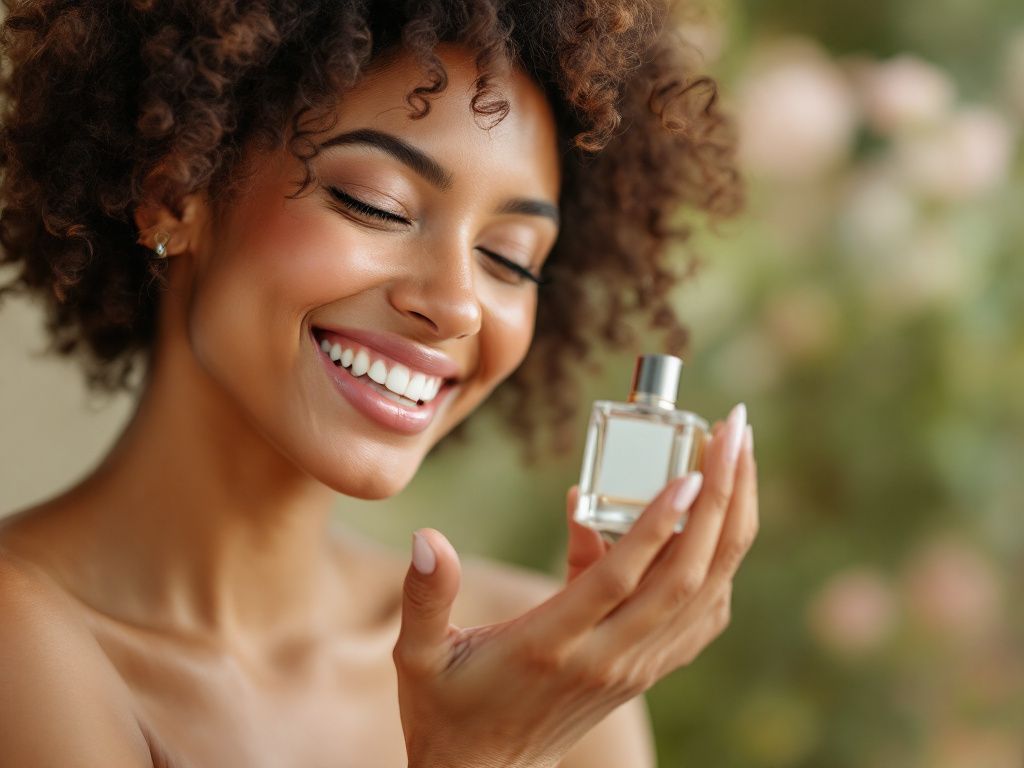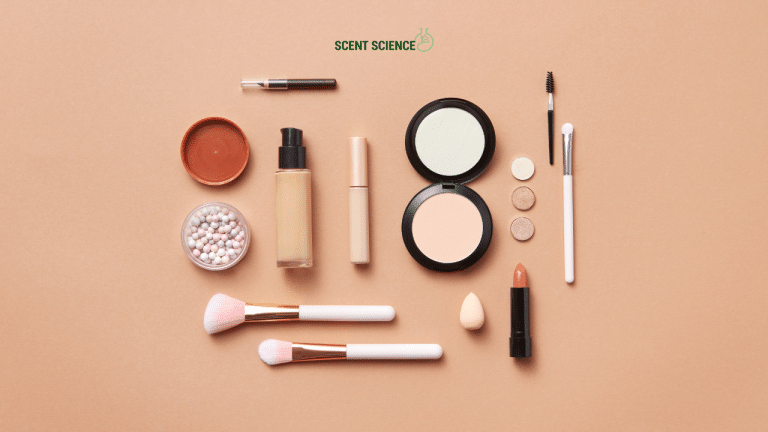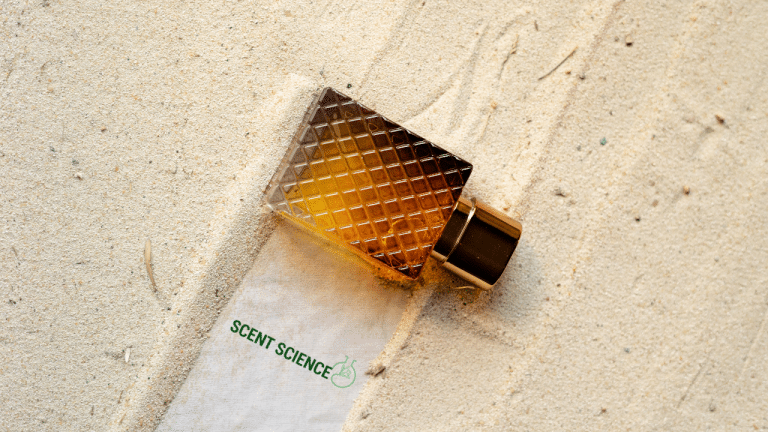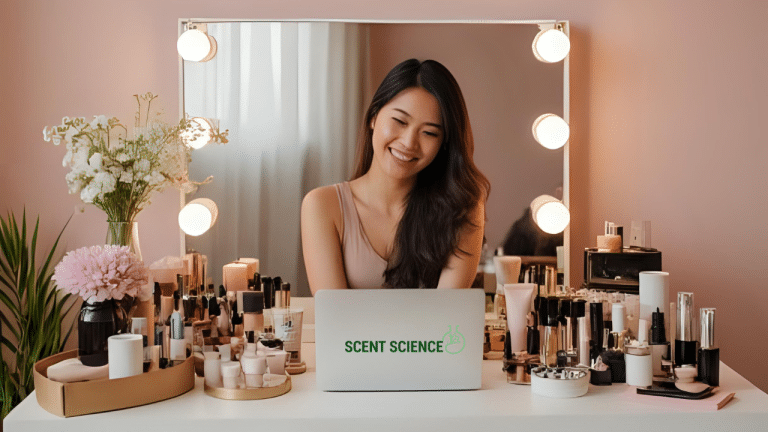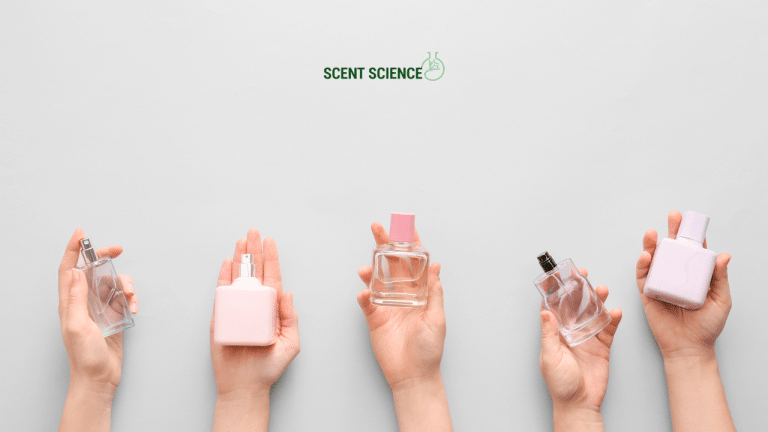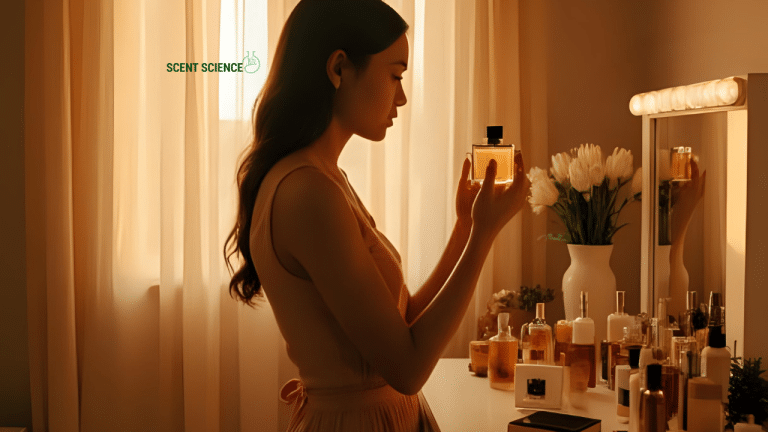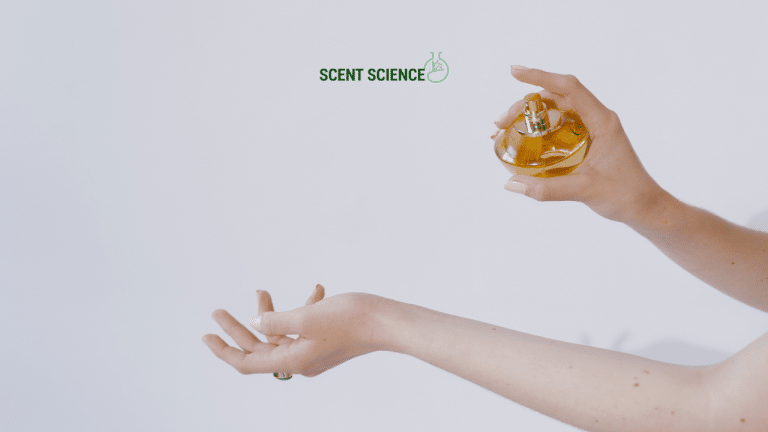Perfumes have enchanted civilizations for centuries, but for many, the vibrant world of fragrances is overshadowed by allergic reactions and irritations. Enter hypoallergenic perfumes—a beacon of relief for those with delicate skin and an understanding journey into a world of allergen-free formulations. In this ultimate guide, we’ll take you through the science behind hypoallergenic perfumes, break down the ingredients that make them special, and top it all off with a selection of the best picks for those with sensitive skin. 🧴✨
Hypoallergenic perfumes are formulated with the intent to dramatically reduce the risk of triggering allergies or skin reactions. Their triumph comes from careful ingredient selection, scientific testing, and evolving technology designed to create fragrant harmony without allergenic discord. Understanding the benefits of hypoallergenic fragrances is essential for anyone navigating sensitive skin issues.
Table of Contents
ToggleUnderstanding the Science of Hypoallergenic Perfumes
The development of hypoallergenic perfumes involves multifaceted processes requiring expert knowledge in chemistry and dermatology. Let’s unravel this intricate web from its groundwork:
The Chemistry of Hypoallergenic Formulations
- Allergen Identification:
- Leading research organizations have compiled extensive lists of fragrance allergens—compounds identified as most likely to trigger allergic reactions. According to a 2022 study by the Journal of Allergy and Clinical Immunology, about 1-2% of people are affected by fragrance ingredients in cosmetics. This makes understanding fragrance allergens and protecting your health a vital part of fragrance development.
- Allergy-Free Formulations:
- The aim is to create perfumes that minimize or eliminate these allergens. This involves choosing raw materials that present a lessened risk of irritation. Most hypoallergenic scents avoid common culprits like natural essences known for causing reactions (e.g., oak moss). By utilizing fragrance allergens science, manufacturers can craft safer products.
- Fragrance Enhancement Through Technology:
- High-tech manufacturing processes have been developed to improve the scent strength of non-allergenic ingredients. Analytical techniques like gas chromatography-mass spectrometry (GC-MS) identify complex fragrance molecules, ensuring purity and potency. This technological leap is crucial in the creation of sustainable and eco-friendly perfumes.
The Role of Scientific Testing Methods

- Patch Testing:
- Patch testing is the core method used to determine skin reactivity in hypoallergenic perfumes. It involves applying diluted forms of allergens on the skin and evaluating any reactions over several days. A 2019 study in Contact Dermatitis confirmed the reliability and safety of introducing non-reactive perfumes post-patch tests, aligning with the rigorous natural perfume quality control guidelines.
- Clinical Trials:
- Dermatologically controlled trials assess long-term skin exposure to fragrances. Unlike standard perfumes, hypoallergenic options undergo rigorous clinical procedures where volunteers with known fragrance sensitivities test the products under medical supervision.
- IFRA Standards:
- The International Fragrance Association (IFRA) sets guidelines for fragrance safety, focusing on restricting potentially hazardous compounds. The association’s global standards are indispensable credentials for hypoallergenic perfumes to abide by.
Ingredients of Hypoallergenic Perfumes: What to Look For
The development of non-allergenic scents begins with the composition of unique, tolerable ingredients. Here’s a breakdown of common components contributing to their safe allure:
- Synthetic Musk:
- Traditional nitro-musks and polycyclic musks are often replaced by synthetic forms, offering lower allergenic potential while retaining the desirable depth. As solid perfumes gain popularity, especially as a trending choice in 2025, synthetic musk finds new applications.
- Essential Oils (with caution):
- Although many essential oils can trigger reactions, hypoallergenic perfumes might feature processed variants where potential allergenic elements have been removed. These oils are often part of herbal care natural botanical solutions, bringing a gentle touch to fragrances.
- Hydrosols:
- Floral waters distilled from plants can provide delicate notes without the high concentration irritants found in pure essential oils.
- Encapsulation Technology:
- Cutting-edge encapsulation techniques mask allergenic properties, protecting the skin upon application and permitting a controlled release of fragrance compounds.
Choosing Hypoallergenic Perfumes: Top Picks for Sensitive Skin

1. Free & Clear Fragrance-Free Perfume
A testament to simplicity, it’s a fragrance-free option crafted specifically for those seeking an entirely neutral aroma that aligns with sensitivity needs. This option is endorsed by dermatologists and allergy consultants alike.
2. *Thierry Mugler’s AMen Pure Energy Eau de Toilette**
Famed for its electromagnetic packaging innovation, Pure Energy combines high-purity ingredients with non-reactive enhancements, making it a popular choice for hypoallergenic fragrance seekers.
3. Escentric Molecules Molecule 01
Uniquely minimalist, Molecule 01’s single-ingredient composition (Iso E Super) focuses on creating a great skin scent with reduced allergenicity. It’s fragrance meets art, striking a chord with the natural scent profile of its wearer.
4. Clairvoyant Scents Essential Mist Formula
Leveraging hydrosols and non-sensitizing essential oil extracts, this line provides personalized yet secure scent profiles suitable for sensitive individuals.

Practical Tips for Selecting Non-Allergenic Scents
- Read Labels Carefully: Focus on ingredient transparency when selecting a hypoallergenic perfume. Brands that prioritize honest listing achieve a credible market position.
- Patch Test Regularly: Perform your own patch test before committing to a new perfume—apply on your arm’s inner fold and observe!
- Consult Dermatologists: Seek professional advice tailored to your unique sensitivities, reinforcing mindful choices.
Real-World Examples: Hypoallergenic Perfumes in Action
Consider Sarah, a performance artist with extreme sensitivity to fragrances. Her case shared by the Allergy Clinic Journal consisted of severe reactions impacting her daily work. Opting for hypoallergenic innovations like Cancer Council’s Low Irrrilance Fragrance led her to rediscover personal scent while maintaining her health—a testament to the influence of these evolved formulations.
Furthermore, the luxury industry’s shift towards scent inclusivity has major conglomerates pledging to limit allergenic ingredient volumes. According to a 2021 report by L’Oréal, approximately 15% of new releases adhere to hypoallergenic concurrence, showing a promising trend.
Conclusion
With science, safety, and the future intertwined, hypoallergenic perfumes present an enlightening future for those yearning to indulge in fragrances fearlessly. Participating in this shift transcends personal fragrance choices, supporting a larger commitment to ethical beauty standards globally. So breathe easy and indulge wisely into a world where fragrance is not just worn—it’s cherished as an irritation-free lifestyle choice.
This ultimate guide equips you with the technical expertise, insider knowledge, and confident assurance when selecting hypoallergenic perfumes—allowing you to luxuriate in non-allergenic scents without limitation. As the hypoallergenic makeup ultimate guide 2025 suggests, this is more than a trend; it’s a movement toward inclusive beauty. 🌿🔬

